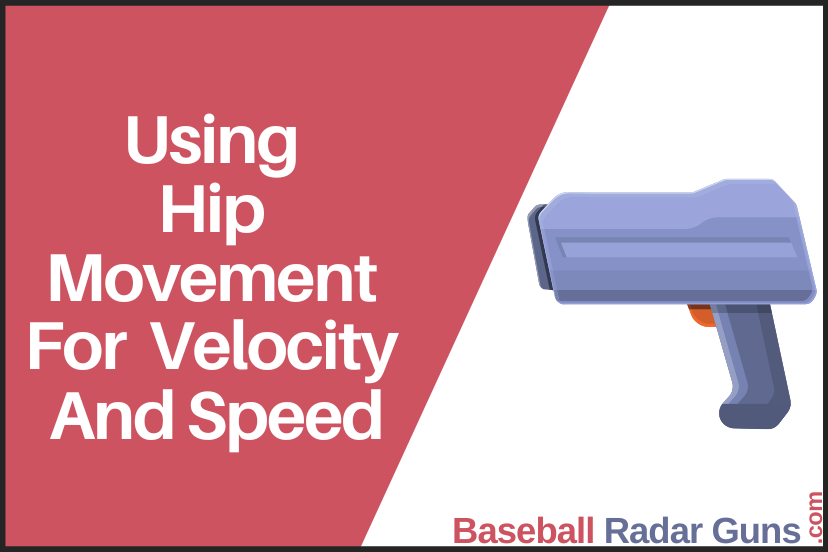Using Hip Movement For Baseball Pitching Velocity And Speed
*We may earn a commission for purchases made using our links. Please see our disclosure to learn more.
To understand the secret sauce behind a powerful pitch, you gotta look at biomechanics, especially hip movement. It’s the silent MVP that packs power in a throw. Even if you’re not a biomechanics geek, knowing how your body parts link can change your game. The hips play a pivotal role in transferring energy from the body to the arm, making every throw count.
Think of hip rotation as a key player in a pitcher’s kinetic chain. It starts from your feet and ends with that ball flying off your fingers. If you’re wondering how pros clock those impressive speeds, it often boils down to solid hip movement. Efficient hip rotation channels force through the body, amplifying speed and enhancing control.
Take a leaf from the playbooks of successful pitchers who’ve mastered this art. Veterans like Justin Verlander and Clayton Kershaw make hip rotation look effortless, translating smooth, powerful motion into game-winning pitches. Observing these guys in action provides valuable insight into how critical hip movement is for maximizing pitching velocity.
You don’t need to be a pro athlete to understand or benefit from these insights. Everyday players will see improvements just by incorporating a few targeted exercises to hone their hip rotation, bridging the gap between amateur and advanced-level pitching.
Mastering the Technique: Developing Effective Hip Rotation
To really nail that pitch, you’ve got to get your hip rotation on point. Improving flexibility and mobility is where it starts, giving pitchers a solid foundation. Simple stretches like hip flexor lunges and pigeon poses can make a big difference, helping you stay limber and ready to pivot at a moment’s notice.
Training drills are the bread and butter for refining how you move. Incorporating exercises like medicine ball throws and rotational movements can boost your rotational speed and explosiveness. It’s all about making those hips work for you, driving power and speed into each pitch.
While working on rotation, steering clear of common slip-ups is crucial. Avoid locking your hips or over-twisting, as these mistakes can derail your progress and even result in injuries. Maintaining a natural posture ensures efficiency and longevity in the game.
Effective hip movement isn’t just about raw power—it’s also about precision and control. By developing these skills, pitchers can enhance their overall game performance, delivering strikes that keep batters second-guessing.
Peak Performance: Measuring the Impact on Velocity and Speed
Once you’ve put in the work on your hip movement, it’s time to see the payoff in your pitch speed and overall performance. Tracking improvements is crucial as it helps you understand where the tweaks are making a difference.
Using technology like radar guns or motion analysis software, players can precisely quantify gains in velocity. This isn’t just for showing off—consistently tracking your stats helps pinpoint areas that need more focus or adjustments.
Understanding your data provides a huge psychological boost too. Knowing the numbers back up your hard work enhances confidence, which is invaluable when you’re on the mound facing tough opponents.
Enhanced control and speed translate into more strategic pitching, letting you play the mental game with batters more effectively. Plus, with improved hip movement, pitchers often find they can sustain their performance over longer stretches without fatigue.
By steadily measuring progress and fine-tuning techniques, you reinforce not just your physical capabilities but also the mental fortitude needed in high-pressure game situations.




